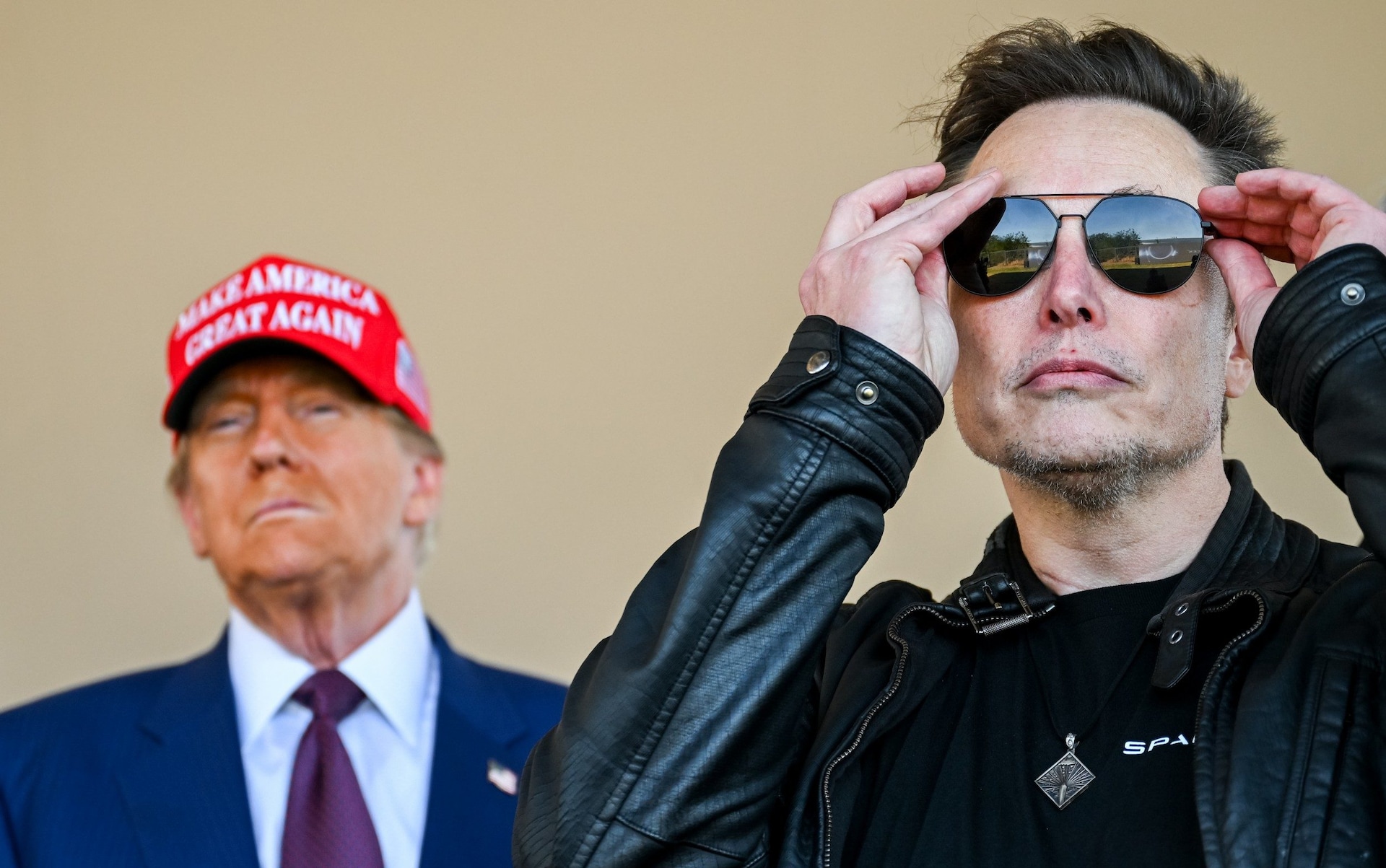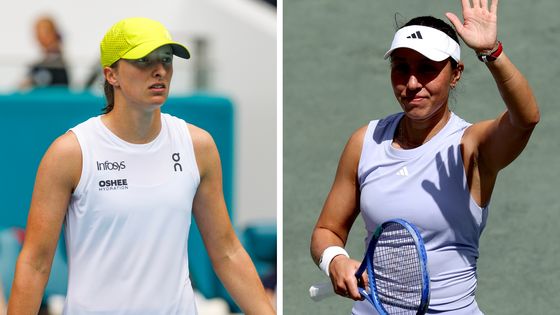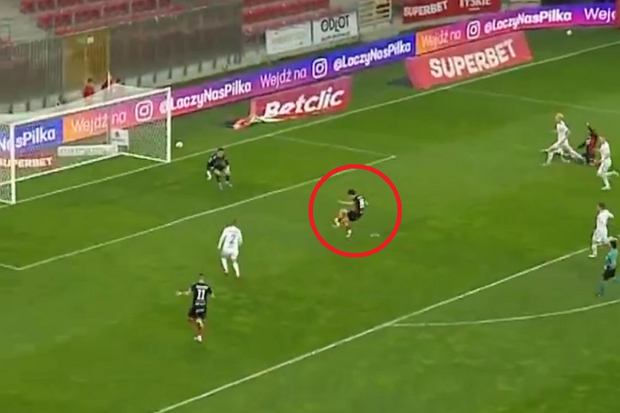Britain cannot trust man-baby Musk to iron out its mobile wrinkle
Like the Teletubbies’ Sun Baby, Elon Musk beams down on every corner of the globe. Satellites from Starlink and its competitors are bringing data to the poorest and most isolated corners of the world. “Data is doubling every year,” says Adam Beaumont, an innovation adviser to the Government and founder of the pioneering network builder…
Like the Teletubbies’ Sun Baby, Elon Musk beams down on every corner of the globe. Satellites from Starlink and its competitors are bringing data to the poorest and most isolated corners of the world.
“Data is doubling every year,” says Adam Beaumont, an innovation adviser to the Government and founder of the pioneering network builder AQL, which created the first UK ground station for Musk’s space constellation.
“We’re handling many terabytes of data every day on behalf of the satellite community.”
Space internet has traditionally relied on ancient, geostationary satellites that transmit data a few bytes at a time. But the revolution that Musk began involves low-Earth orbit (LEO) satellites that are far closer to us here on Earth. They bring far greater capacity and speed so we can use space directly for serious internet services, like Google Maps, rather than basics such as emergency text messages.
“We’re now on the cusp of people being able to make [satellite calls] on their everyday smartphones,” boasted David Willis, Ofcom’s spectrum director, last week.
This is called “direct to device” (D2D) communications, which mean you won’t need a clunky satellite phone that wouldn’t look out of place in the A-Team – you can just use the phone you already have, and no special Sim or app is required.
In January, Vodafone made the first D2D video call in the world from a mountain in Wales, using an ordinary smartphone, in a location where there was no existing mobile coverage. The coverage bars on the phone lit up as the invisible satellite passed overhead.
It’s the result of a joint venture between the Texan space company AST Space Mobile and Vodafone. In layman’s terms, they’ve put a standard 4G phone dish in space, so it becomes a seamless extension of the existing phone network. Only this “dish” is around 300 miles away, and moving at 18,000mph.
Five Blue Walker satellites are already operating, and dozens more will be operating by the end of the year. Around 90 are needed to provide full global coverage, says Vodafone. Ofcom is rushing to iron out the regulatory wrinkles.
It really is a spectacular feat of engineering. The second generation of AST’s Blue Walker satellite unfolds into a 2,400 square foot panel, around the size of a doubles tennis court. The surface is almost entirely an antenna. (Astronomers aren’t very happy – these “BlueBirds” are already among the brightest objects in the night sky.)
tmg.video.placeholder.alt JFiiDLd7PFM
Now you may well wonder why you can’t get a decent signal from your mobile operator when the antenna is only hundreds of yards away, but you can from something 300 miles away.
It’s a good question. Size is everything, the boffins explain – while the panel in space is vast, the local dish giving you mobile service now isn’t much larger than a chef’s wok.
“The bigger they are, the more power and gain you can put on that signal,” explains Vodafone’s Future Technologies researcher Rowan Chesmer, the technical lead for the group’s D2D work.
Cleverly, the design means that almost all the heavy processing gear – the racks and enormous air conditioner style units that sit underneath our terrestrial mobile base stations – can be left back on Earth.
“You can focus all your power onto the transmitting,” says Chesmer.
By the end of next year, some of us will start to see the benefits.
Vodafone hasn’t decided exactly how to market it, but expect to see the service offered as a a low cost extra or bundled with top tier plans. A basic, very low speed service will enable calls and WhatsApp messages – a higher bandwidth tier of around 3 megabits per second will allow more. Vodafone will wholesale the satellite service to competitors, such as O2.
Rural voters will be relieved, particularly after Labour slashed the Shared Rural Network – the project meant to fix reception “not spots” – to save money. And it helps build infrastructure resilience. If a fibre connection to a remote mast is severed, or one base station catches fire, satellites can fill in the gap.
Vodafone
In February, Vodafone announced it will launch a new satellite service compatible with normal 4G and 5G smartphones later this year Credit: Simon Gordon/Vodafone
AQL’s Beaumont says that every LEO operator is eyeing the D2D market. Musk isn’t sitting idle. But as is so often the case with American technology tycoons, he views the market as a zero sum game – for him to win, someone else has to lose.
His ambitions are clearly set on creating a global “Musknet” – we can infer from regulatory bids for spectrum he has filed around the world. Musknet would effectively bypass Governments and incumbent operators. But his first D2D service, with T-Mobile in the United States, was a controversial project, since it impinged on the performance of existing networks and required a regulatory waiver.
And Musk is more Man Baby than benevolent Sun Baby.
His capricious nature hasn’t escaped the watching world. Would someone who has toyed with cutting off Ukrainian armed forces hesitate to throw millions of us off Musknet if he felt like it, to prove a point?
This question has even vexed Georgia Meloni, the Italian prime minister and a huge Musk fan. Negotiations between Starlink and Italy over a defence communications deal has stalled.
When Vodafone’s Tom Griffiths told an industry audience that AST is “a European sovereign solution”, everyone knew what he meant: it wasn’t subject to the whims of one billionaire founder who could cut them off at any moment.
Space isn’t a panacea, but with smart, market-minded regulation it will help “not spot” Britain feel less blighted.






